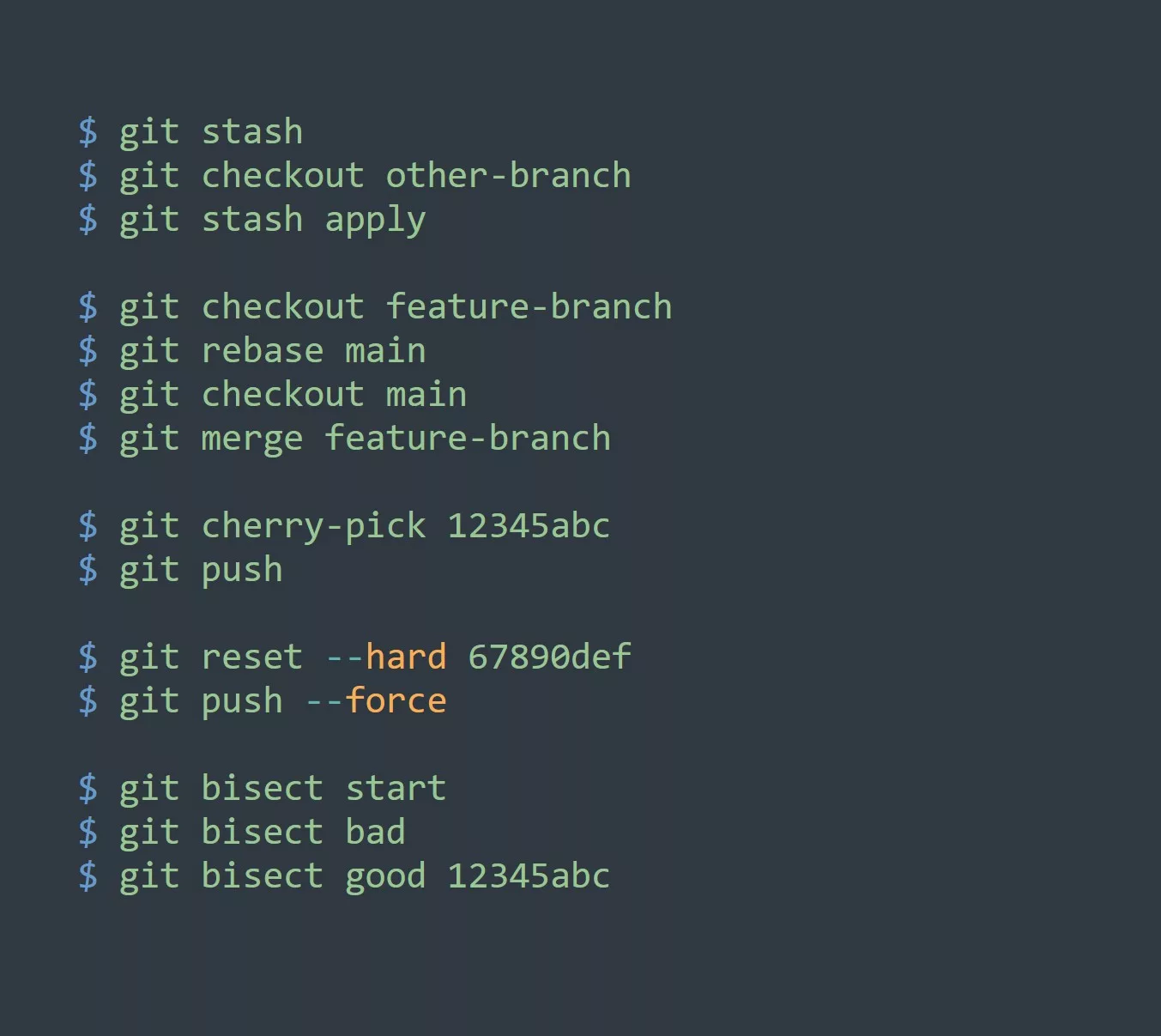Imagine your IT team as a ship sailing towards success. Navigating through the ever-changing digital landscape requires a strong compass to guide your team – and that compass is Objectives and Key Results (OKRs). How can OKRs lead your team to thrive, innovate, and succeed in today’s competitive IT environment?
In this comprehensive and educational blog post, we’ll uncover the power of OKRs for IT professionals, drawing on metaphors and analogies to paint a vivid picture. We’ll also examine real-world examples, prerequisites, and code snippets to provide a hands-on experience. Get ready to become an OKR champion and sail towards success!

1. Introduction
OKRs are the North Star of the IT world, guiding teams towards their desired destination. They offer a powerful framework for aligning, prioritizing, and measuring progress, but why should IT professionals care about OKRs?
2. Understanding Objectives
Objectives are like the captain of a ship – they set the course and direction for your IT team. How can you craft clear, actionable objectives that resonate with your team and align with your organization’s goals?

2.1 Defining Clear, Actionable Objectives
Consider objectives as the “what” in your IT projects. What do you want to achieve? What problems do you want to solve? Focus on clear, ambitious objectives that are easy to understand.
2.2 Aligning Objectives with Business Goals
Remember, your ship (the IT team) is part of a fleet (the organization). How do you ensure your objectives align with broader business goals? Discuss objectives with stakeholders, understand the company’s vision, and set objectives that contribute to overall success.
2.3 Prioritizing Objectives in IT Projects
In the world of IT, resources are limited, and time is of the essence. How can you prioritize objectives to maximize the return on investment (ROI)? Use a systematic approach, like the MoSCoW method or the Eisenhower Matrix, to rank objectives based on their impact and urgency.

3. Establishing Key Results
Key results are like the crew of a ship – they work together to accomplish the objective. How can you establish measurable, achievable key results that propel your team towards success?
3.1 Identifying Measurable Outcomes
Key results are the “how” in your IT projects. How will you measure progress towards your objectives? Choose specific, quantifiable outcomes to track.
3.2 Choosing the Right Metrics and KPIs
Metrics are the lifeblood of IT, but how do you choose the right ones to monitor your key results? Focus on relevant, actionable, and simple metrics that directly correlate with your objectives.
3.3 Setting SMART Criteria for Key Results
To create effective key results, use the SMART framework: Specific, Measurable, Achievable, Relevant, and Time-bound. Does each key result meet these criteria? If not, reevaluate and refine them.
4. OKR Implementation
Implementing OKRs is like charting the course for your ship – you need a clear plan and a steady hand at the helm. How can you ensure a smooth and successful OKR implementation for your IT team?

4.1 Setting up OKR Cadence: Quarterly vs. Annual
Choosing the right cadence for your OKRs is crucial. Do you want to review your progress every quarter, or set annual objectives? Consider your organization’s culture, the complexity of your projects, and the pace of change in your industry.
4.2 Assigning Ownership and Accountability
Every ship needs a crew, and every key result needs an owner. Assign accountability to individuals or teams within your IT department, ensuring that they understand their responsibilities and have the resources to deliver on key results.
4.3 Communicating OKRs within the IT Team and Organization
Communication is the key to OKR success. How can you effectively share your OKRs with your team and the rest of the organization? Use project management tools, hold regular meetings, and provide updates on progress to keep everyone informed and engaged.
4.4 Integrating OKRs with Project Management Tools
Leverage your existing project management tools to track OKRs and keep your team on track. Integrate OKRs with tools like Jira, Asana, or Trello to provide a unified view of your team’s progress.

5. Tracking and Reviewing OKRs
Navigating through the vast ocean of IT projects requires regular course corrections. How can you track and review OKRs to ensure that your ship stays on course and reaches its destination?
5.1 Regular Progress Monitoring
Keep a watchful eye on your OKRs and track progress consistently. Set up periodic checkpoints to evaluate performance and identify potential roadblocks.
5.2 Adjusting OKRs Based on Performance
In the ever-changing world of IT, flexibility is crucial. Are your OKRs still relevant and achievable? If not, adjust them to better align with your team’s capabilities and your organization’s goals.
5.3 Conducting OKR Reviews
Hold formal OKR review meetings at the end of each cadence. Discuss achievements, challenges, and lessons learned. Celebrate successes and learn from failures to drive continuous improvement.
5.4 Celebrating Successes and Learning from Failures
Acknowledge and celebrate the accomplishments of your team. At the same time, embrace failures as learning opportunities and use them to refine your OKR approach.
6. OKRs and IT Team Performance
How can OKRs help your IT team unlock their full potential and work together like a well-oiled machine?

6.1 Encouraging Collaboration and Transparency
OKRs foster a culture of collaboration and transparency. They help break down silos and ensure that everyone is working towards a shared vision.
6.2 Promoting Innovation and Continuous Improvement
OKRs drive teams to push boundaries and embrace innovation. By setting ambitious objectives and measurable key results, IT teams are motivated to find creative solutions and continuously improve.
6.3 Driving Employee Engagement and Motivation
When employees see the direct impact of their work on the organization’s success, they become more engaged and motivated. OKRs provide a clear line of sight between individual contributions and overall business goals.

7. Case Studies and Best Practices
Real-world examples can provide valuable insights into the power of OKRs for IT teams. Let’s explore some success stories, lessons learned, and best practices in IT-specific OKR implementations.
7.1 Success Stories of IT Teams Using OKRs
Many IT teams have transformed their operations and achieved remarkable results by implementing OKRs. These stories can serve as inspiration and offer practical insights into the benefits of OKRs in the IT world.
7.2 Lessons Learned from IT-Specific OKR Implementations
Not every OKR implementation goes smoothly. By examining the challenges and pitfalls encountered by other IT teams, you can learn valuable lessons and avoid making similar mistakes in your own OKR journey.
7.3 Adapting OKR Methodologies for Different IT Environments
IT teams can operate in various environments, from startups to large enterprises. How can you adapt the OKR methodology to suit your specific context? Understand the unique requirements of your IT environment and tailor the OKR approach accordingly.
8. OKR Examples
Here are some concrete and real-world examples of OKRs that IT professionals can apply in practice:
| Objective | Key Result 1 | Key Result 2 | Key Result 3 |
|---|---|---|---|
| Improve website performance and user experience | Reduce website load time by 30% in the next quarter. | Implement a new responsive design to improve mobile experience, increasing mobile user satisfaction by 20%. | Conduct usability tests with at least 15 users to identify and fix key pain points in the user journey, leading to a 10% increase in session duration. |
| Enhance IT infrastructure security | Complete a security audit and address all identified vulnerabilities within two months. | Implement multi-factor authentication for all employees accessing critical systems by the end of the quarter. | Conduct security awareness training for all team members, with a 90% pass rate on the post-training assessment. |
| Optimize cloud infrastructure costs | Conduct a detailed review of current cloud usage and identify areas for cost optimization, achieving a 15% reduction in monthly cloud expenses. | Implement auto-scaling for at least three critical applications, reducing server idle time by 40%. | Migrate two legacy applications to a serverless architecture to reduce infrastructure maintenance costs by 25%. |
| Improve software development processes | Reduce average lead time for software feature deployment from 6 weeks to 4 weeks. | Implement continuous integration and continuous deployment (CI/CD) for 75% of active projects. | Decrease the average number of bugs reported per release by 20%. |
| Enhance IT support efficiency | Reduce average first response time for IT support tickets by 25%. | Implement a self-service knowledge base, leading to a 15% decrease in support tickets submitted. | Achieve a 90% satisfaction rate on IT support survey feedback from end-users. |
9. Conclusion
OKRs are an invaluable compass guiding IT professionals through the ever-evolving landscape of technology. By setting clear objectives, establishing measurable key results, and tracking progress, your IT team can sail towards success with confidence.
Embrace the power of OKRs and become the captain of your own ship. With determination, collaboration, and continuous improvement, there’s no limit to what you and your IT team can achieve.



